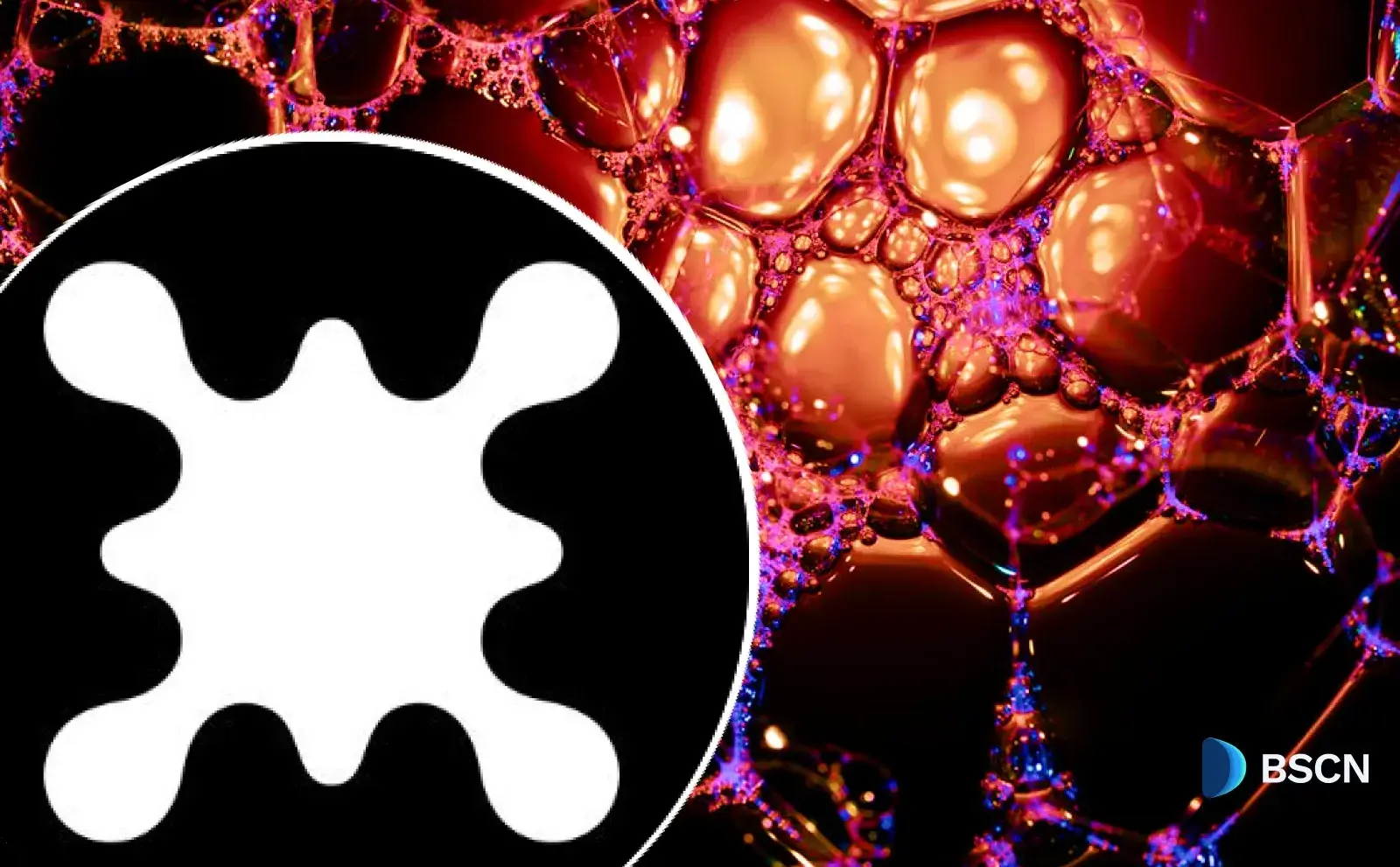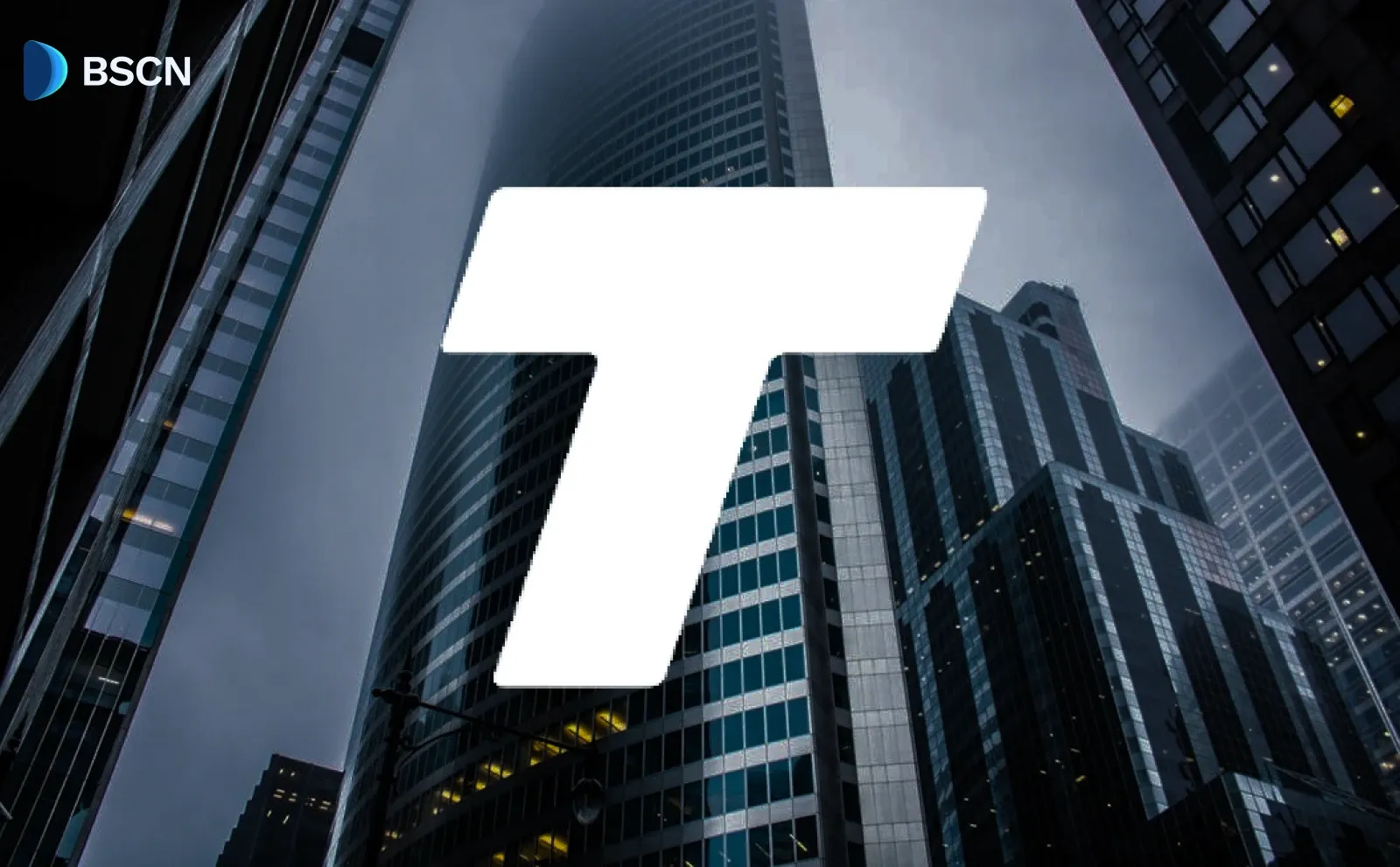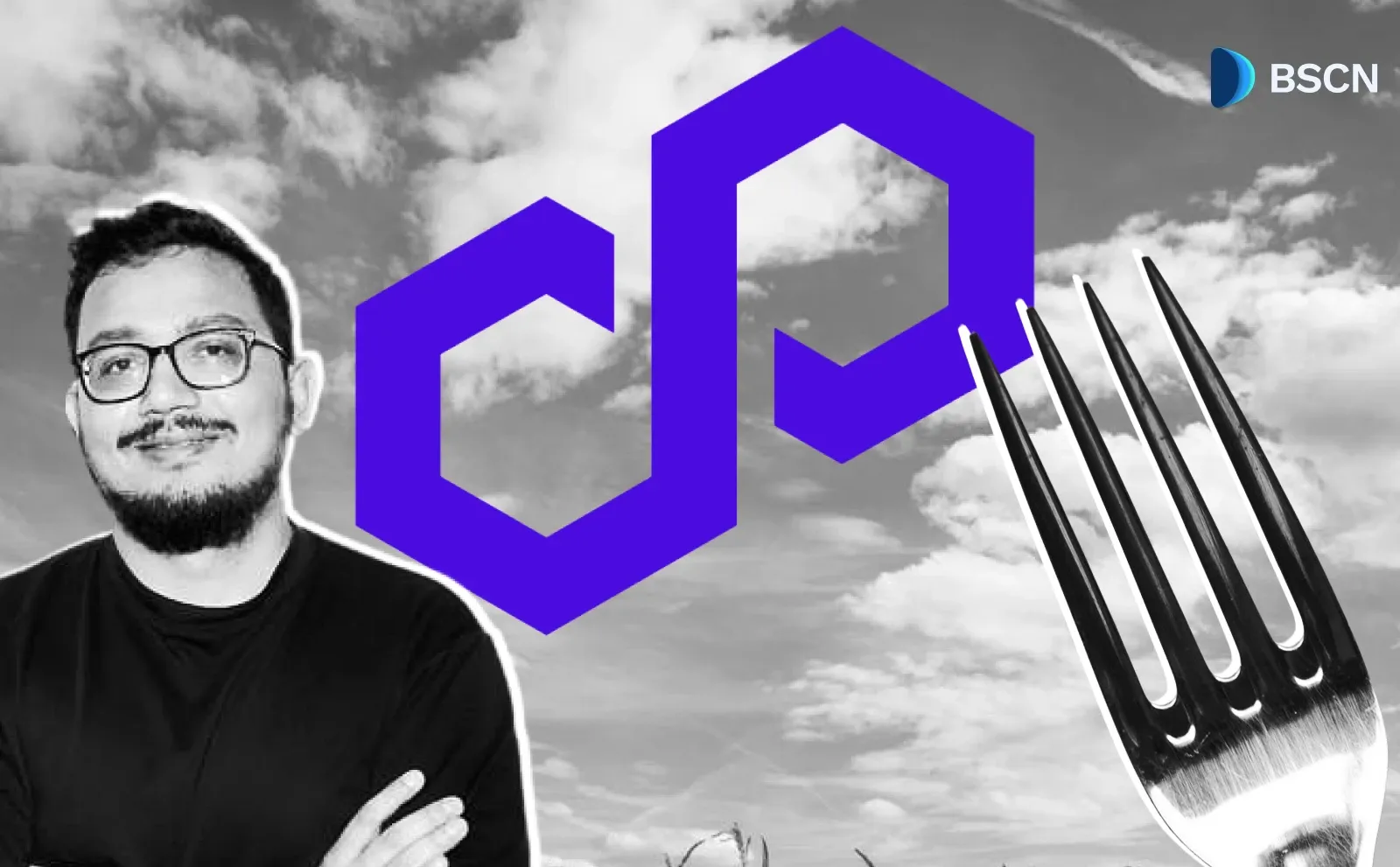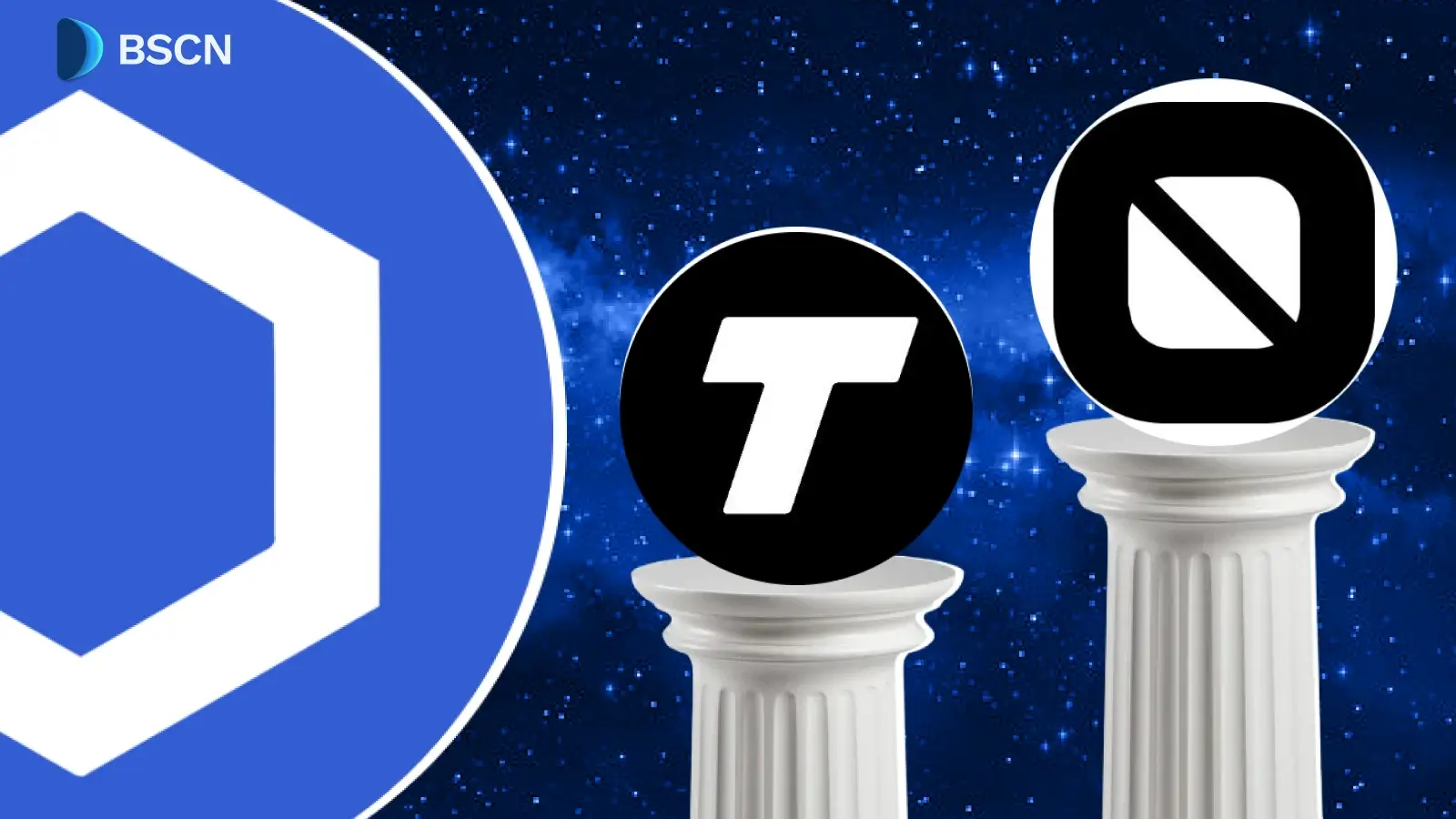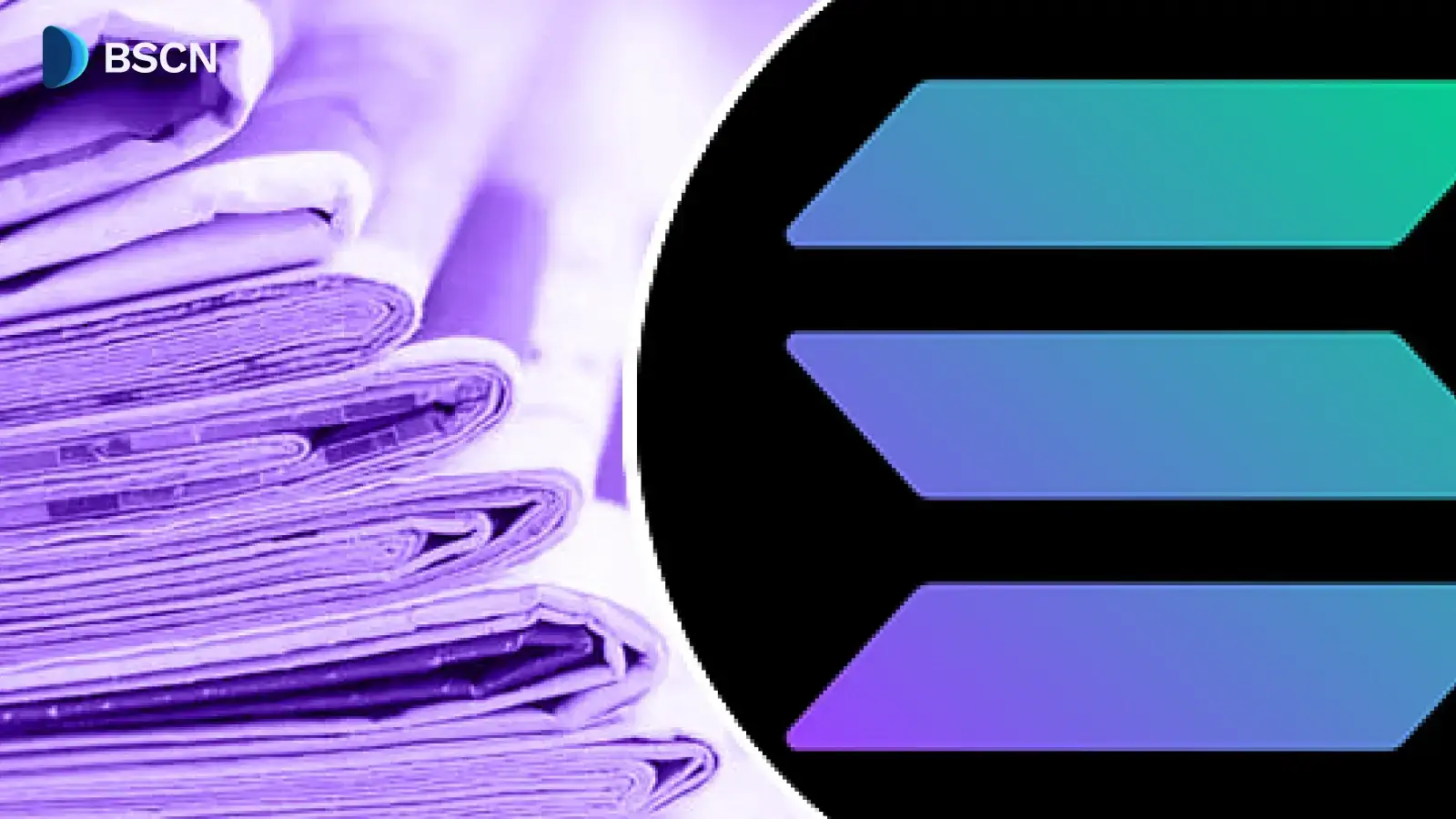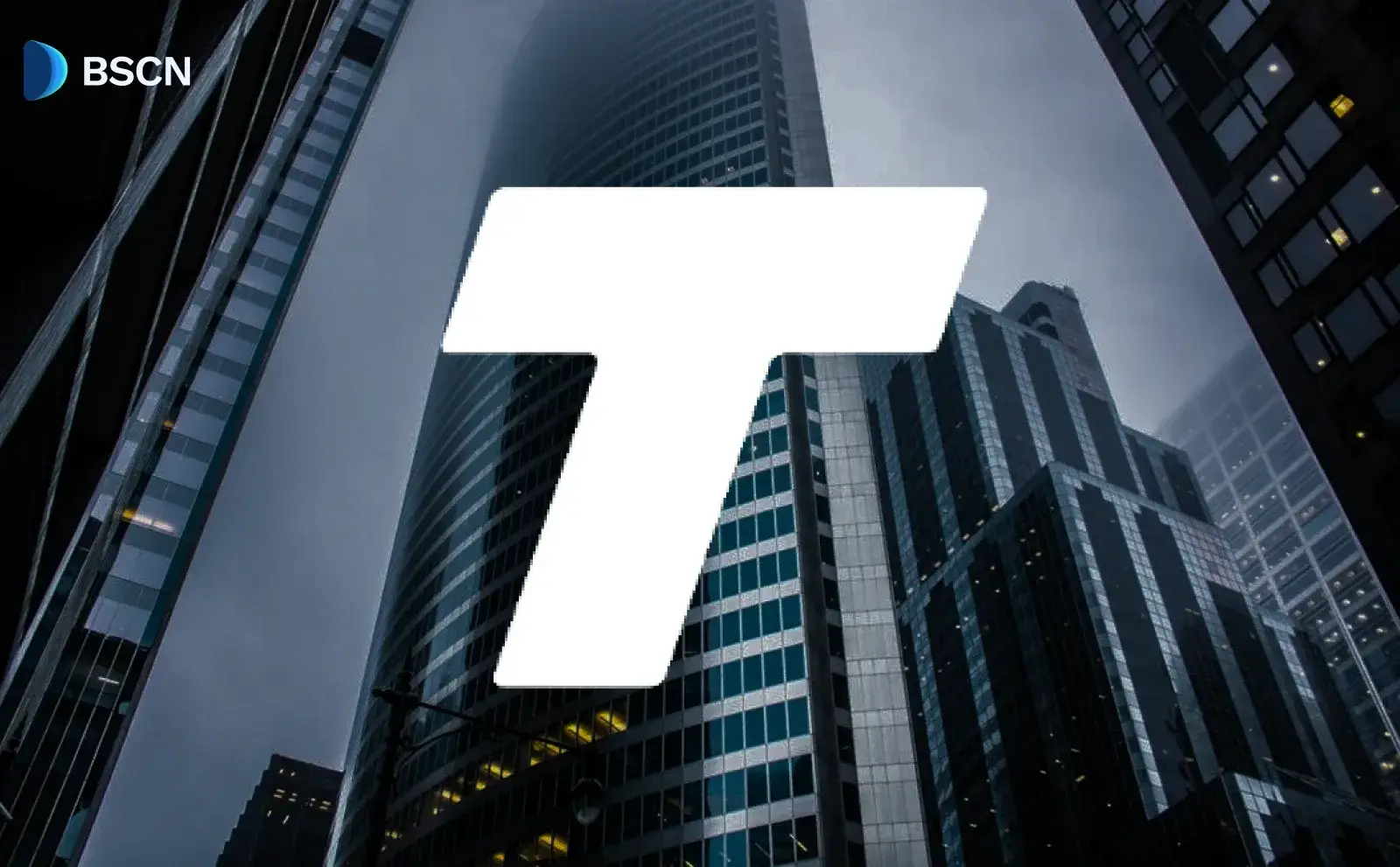News
(Advertisement)
Theta Network Issued New Patent for Hybrid Edge-Cloud Computing Architecture

Theta Labs granted U.S. Patent 12,436,819 in October 2025 for a hybrid edge-cloud architecture, enabling efficient decentralized AI workload processing via edge and cloud integration.
UC Hope
October 9, 2025
(Advertisement)
Table of Contents
Theta Labs, the development arm of Theta Network, received U.S. Patent 12,436,819 in October 2025 for a hybrid edge-cloud computing architecture designed to support decentralized computing platforms. The patent covers a system that combines local edge devices with centralized cloud resources to process artificial intelligence workloads, addressing issues such as latency in traditional cloud setups.
Issued by the United States Patent and Trademark Office, this approval marks another step in Theta's efforts to build scalable decentralized networks, following the company's shift from video streaming blockchain origins to broader AI-focused infrastructure. The architecture aims to distribute tasks dynamically, assigning real-time operations to edge nodes and intensive computations to the cloud, which could aid enterprises in managing AI tasks like large language model training and inference.
Theta Network and Its Evolution
Theta Network began operations in 2017 as a blockchain protocol centered on video streaming, enabling peer-to-peer content delivery to reduce bandwidth costs for platforms. The network utilized a proof-of-stake consensus mechanism and introduced tokens to incentivize users to share unused computing resources.
By 2023, Theta expanded its scope with the release of the EdgeCloud whitepaper, which detailed plans for a decentralized AI cloud platform. This document outlined a hybrid design that leveraged distributed edge nodes alongside cloud servers to handle growing demands in machine learning and data processing.
The transition reflected the shift in the crypto space, where demand for AI compute resources surged in 2025 due to advancements in generative models and real-time applications. Theta's approach positioned it within the decentralized physical infrastructure network sector (DePIN), where protocols coordinate global hardware for tasks traditionally managed by centralized providers like Amazon Web Services or Google Cloud. In this context, Theta aimed to create verifiable and profitable systems by patenting methods for automatic workload routing, allowing the network to license technology to other entities.
Company announcements, including a post on X by Theta Network, highlighted the patent's role in validating technical methods developed over the years. The post linked to a detailed Medium article explaining the patent's focus on integrating edge and cloud elements for efficiency. This evolution from streaming to AI infrastructure involved building on existing patents in areas like peer-to-peer networking and digital rights management.
What is the U.S. Patent 12,436,819
The patent, "Hybrid Edge-Cloud Computing Architecture for Decentralized Computing Platform," was awarded to Theta Labs in October 2025. It describes a system that merges edge devices, such as Internet of Things sensors or local servers positioned near data sources, with cloud infrastructure to form a cohesive computing environment. The United States Patent and Trademark Office documentation specifies methods for decentralized orchestration that allocate tasks based on specific criteria like processing needs and network conditions.
According to the Medium article published by Theta Labs, "Theta Labs has now been awarded U.S. Patent 12,436,819 for “Hybrid Edge-Cloud Computing Architecture for Decentralized Computing Platform”, validating the innovative and novel approaches to a decentralized Edge Network built by the Theta team."
The patent can be accessed via the USPTO website or as a downloadable PDF. This approval builds on prior filings, with the complete list of Theta's patents searchable through Google Patents under inventor Jieyi Long.
The system targets limitations in conventional cloud computing, including high latency from data transfers and elevated costs for bandwidth. Edge devices handle local processing to minimize delays, while the cloud manages scalability for larger operations. The patent protects protocols for communication between nodes, ensuring coordination without centralized bottlenecks.
Key Innovations in the Hybrid Architecture
At the core of the patented system is a decentralized orchestration layer that dynamically assigns workloads. This layer evaluates tasks in real time, directing latency-sensitive operations to edge nodes for immediate response and routing compute-heavy jobs, such as data aggregation, to the cloud. Distributed networking protocols facilitate this interaction, allowing seamless data flow across the platform.
The architecture comprises three primary components:
- Edge nodes form the first, encompassing devices like IoT gateways or small servers located close to where data originates. These units perform initial processing to reduce transmission overhead.
- The second element is the cloud backend, which supplies resources for extensive computations that edge hardware cannot efficiently manage.
- Finally, the orchestration layer bridges these, applying logic based on factors including resource availability, latency thresholds, and network status.
This setup supports a range of users, from small enterprises needing basic processing to large institutions requiring robust scalability. The system is particularly suited for AI applications, including training and inference of large language models, where balancing local and remote resources optimizes performance.
Integration with Theta EdgeCloud Platform
Theta EdgeCloud serves as the practical implementation of this patented architecture, launched to provide hybrid computing for AI tasks. The platform uses thousands of edge nodes worldwide, combined with cloud servers, to offer access to graphics processing units for model development and deployment.
EdgeCloud incorporates dynamic supply-demand mechanisms to allocate resources based on user requirements. In operation, the platform enables cost-effective handling of video transcoding, AI inference, and other compute-intensive processes.
By automating workload distribution it reduces the need for users to manage infrastructure manually, making it accessible for developers and businesses. The patent's protection of these routing methods ensures Theta can maintain control over the technology, potentially turning it into a licensing opportunity for other cloud providers seeking edge-AI integration.
What does this mean for Decentralized Computing and AI?
The hybrid model outlined in the patent addresses the 2025 surge in AI compute demand by decentralizing resources, potentially lowering costs and improving efficiency for users. In sectors such as healthcare and autonomous vehicles, where real-time data processing is critical, edge-cloud integration can enhance responsiveness by leveraging cloud power for complex analytics. Theta's system also supports blockchain elements, ensuring secure task distribution in decentralized environments.
Discussions in forums highlight the patent's potential to strengthen Theta's market position in hybrid computing. Overall, the architecture contributes to broader efforts in making high-performance computing more accessible through decentralized networks.
In the meantime, the patent's focus on automatic routing and coordination protocols could influence future standards in edge AI, where balancing local and remote resources becomes standard practice. As AI workloads grow, such systems may help mitigate bottlenecks in centralized data centers.
Conclusion
U.S. Patent 12,436,819 details a hybrid edge-cloud architecture that integrates edge nodes for local processing with cloud backends for scalability, managed by a decentralized orchestration layer that assigns tasks based on latency and resource needs.
This system, embodied in Theta EdgeCloud, handles AI workloads like large language model training and inference, supporting users from small enterprises to large institutions. It builds on Theta's portfolio in decentralized technologies, including peer-to-peer methods and digital rights management, positioning the network in the DePIN sector.
The development highlights the practical application of hybrid models in addressing latency and cost issues in computing, offering a structured approach for efficient resource use in AI-driven environments.
Sources:
- Theta Labs issued U.S. Patent 12,436,819 for Hybrid Edge-Cloud Computing Architecture: https://medium.com/theta-network/theta-labs-has-now-been-awarded-u-s-patent-12-436-819-for-hybrid-edge-cloud-computing-architecture-5397937b8bb6
- United States Patent and Trademark Office. Patent No. 12,436,819: https://patents.google.com/patent/US20250123902A1/en
- Theta Network. X Post Announcing Patent Award. October 8, 2025. https://x.com/Theta_Network/status/1976001176769343974
Read Next...
Frequently Asked Questions
What is U.S. Patent 12,436,819 awarded to Theta Labs?
U.S. Patent 12,436,819 covers a hybrid edge-cloud computing architecture for decentralized platforms, integrating edge devices with cloud resources to distribute workloads dynamically.
How does Theta's hybrid edge-cloud architecture function?
The architecture uses an orchestration layer to assign tasks: edge nodes handle latency-sensitive operations locally, while the cloud manages intensive computations, connected via distributed protocols.
What benefits does this patent provide for AI tasks?
It enables scalable processing for AI workloads, such as LLM training and inference, by optimizing resource allocation to reduce latency and costs for enterprises of varying sizes.
Disclaimer
Disclaimer: The views expressed in this article do not necessarily represent the views of BSCN. The information provided in this article is for educational and entertainment purposes only and should not be construed as investment advice, or advice of any kind. BSCN assumes no responsibility for any investment decisions made based on the information provided in this article. If you believe that the article should be amended, please reach out to the BSCN team by emailing [email protected].
Author
 UC Hope
UC HopeUC holds a bachelor’s degree in Physics and has been a crypto researcher since 2020. UC was a professional writer before entering the cryptocurrency industry, but was drawn to blockchain technology by its high potential. UC has written for the likes of Cryptopolitan, as well as BSCN. He has a wide area of expertise, covering centralized and decentralized finance, as well as altcoins.
(Advertisement)
Latest News
(Advertisement)
Crypto Project & Token Reviews
Project & Token Reviews
Comprehensive reviews of crypto's most interesting projects and assets
Learn about the hottest projects & tokens


